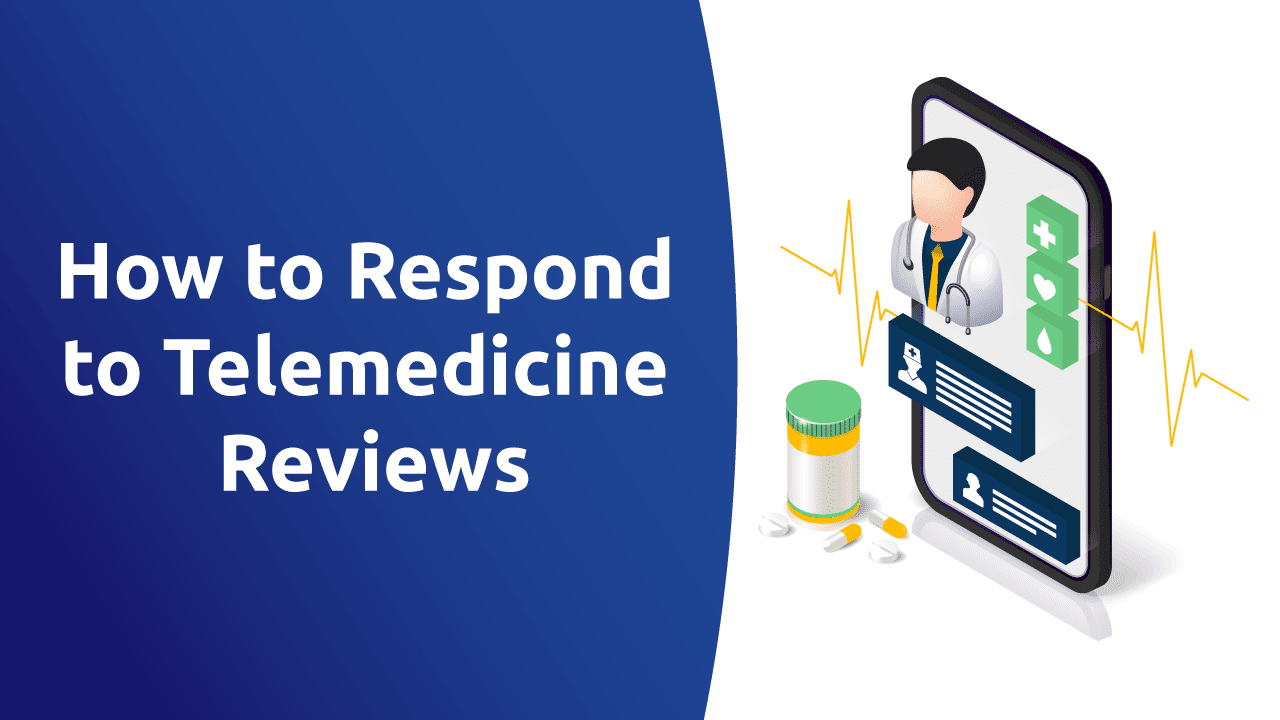Accepting Telemedicine: Changing Healthcare Delivery for a Modern World
As we browse an era defined by rapid digitalization and evolving client demands, the integration of telemedicine right into typical medical care methods presents an engaging proposition. In checking out the effects and ins and outs of embracing telemedicine, a nuanced understanding of its diverse influence on medical care delivery in the contemporary world ends up being important.
The Advancement of Telemedicine
Telemedicine has gone through substantial evolution over the past few years, transforming the landscape of medical care delivery. Developed to link the void in between health care suppliers and clients in remote locations, telemedicine has now increased its reach to supply a vast variety of medical services via technical improvements.
In the onset, telemedicine mostly included assessments via telephone or video clip conferencing. Nonetheless, with the expansion of electronic devices and platforms, healthcare professionals can currently remotely keep an eye on crucial indications, conduct virtual exams, and also carry out certain clinical treatments. This change in the direction of more detailed virtual care has actually transformed the method healthcare is supplied, making it much more accessible and hassle-free for patients.
Moreover, the integration of electronic wellness records (EHRs) and telemedicine has actually boosted sychronisation among medical care groups, resulting in more reliable and joint person treatment. Telemedicine reviews. With the continuous advancements in fabricated intelligence and remote monitoring devices, telemedicine is positioned to proceed developing, using innovative services to enhance healthcare results around the world

Benefits of Telemedicine Fostering
As the use of telemedicine has increased to include a broader range of clinical services and technological capacities, the benefits of its fostering in modern-day healthcare shipment have actually ended up being significantly obvious. Among the key advantages of telemedicine is boosted access to health care solutions, particularly for people in remote or underserved locations. Patients can currently speak with healthcare carriers without the requirement for extensive traveling, decreasing both time and price obstacles. In addition, telemedicine enhances comfort for people by allowing them to schedule visits at times that fit their timetables, promoting better adherence to treatment strategies.
Moreover, telemedicine can lead to improved health outcomes through boosted treatment control. With the capacity to conveniently share clinical documents and work together with experts, doctor can offer even more comprehensive and timely therapy. This streamlined method can result in faster medical diagnoses, lowered hospital admissions, and far better monitoring of chronic conditions. Telemedicine can help relieve stress on conventional healthcare systems by minimizing overcrowding in hospitals and facilities, ultimately improving general efficiency and client complete satisfaction.
Conquering Telemedicine Challenges
Attending to the challenges fundamental in integrating telemedicine into existing healthcare systems presents a crucial yet surmountable challenge for medical care carriers worldwide. Persuading conventional health care companies to adopt telemedicine requires thorough training programs and constant support to make certain smooth combination.
Additionally, governing obstacles and compensation limitations posture substantial obstacles to the widespread execution of telemedicine. Diverse state and country guidelines concerning telemedicine practices develop a complicated environment for suppliers to navigate. Repayment plans that do not effectively make up for telemedicine solutions can discourage healthcare organizations from buying this cutting-edge technique to care delivery.

Enhancing Patient-Provider Communication
Browsing the landscape of telemedicine difficulties illuminates the crucial need for enhancing patient-provider interaction in modern health care delivery systems - Telemedicine reviews. Efficient learn this here now interaction exists at the heart of top quality health care stipulation, and in the realm of telemedicine, where physical signs may be restricted, understanding and clear communication ends up being even a lot more vital
Enhancing patient-provider interaction in telemedicine entails different strategies. Establishing relationship and trust through active listening and compassion can help promote a solid patient-provider partnership. Utilizing protected messaging systems or teleconferencing tools can assist in convenient and routine communication in between patients and service providers. Supplying clear directions, establishing practical assumptions, and making certain open lines of interaction for follow-up queries can improve the general individual experience in telemedicine.
Future Trends in Telemedicine
Preparing for the evolution of telemedicine, developments in technology and healthcare distribution systems are paving the means for innovative methods to patient treatment. One of the future patterns in telemedicine is the combination of fabricated intelligence (AI) and machine understanding algorithms to enhance analysis capabilities.
By leveraging telemedicine, health care carriers can get to patients in remote locations, improving accessibility to top quality treatment. These developments in telemedicine hold excellent assurance for changing medical care shipment and enhancing client results in the future.
Verdict
In conclusion, telemedicine has actually changed medical care shipment by enhancing access to care, increasing effectiveness, and improving client outcomes. Despite obstacles, the advantages of telemedicine adoption are clear, paving the means for far better patient-provider interaction and future improvements in health care. As technology proceeds to progress, telemedicine will play a vital role in changing health care delivery for a modern globe.

Preparing for the development helpful hints of telemedicine, improvements in innovation and medical care distribution systems are leading the way for innovative strategies to person care. These improvements in telemedicine hold excellent assurance for transforming medical care delivery and boosting client end results in the future.
In final thought, telemedicine has revolutionized healthcare distribution by enhancing accessibility to care, raising effectiveness, and enhancing individual outcomes.